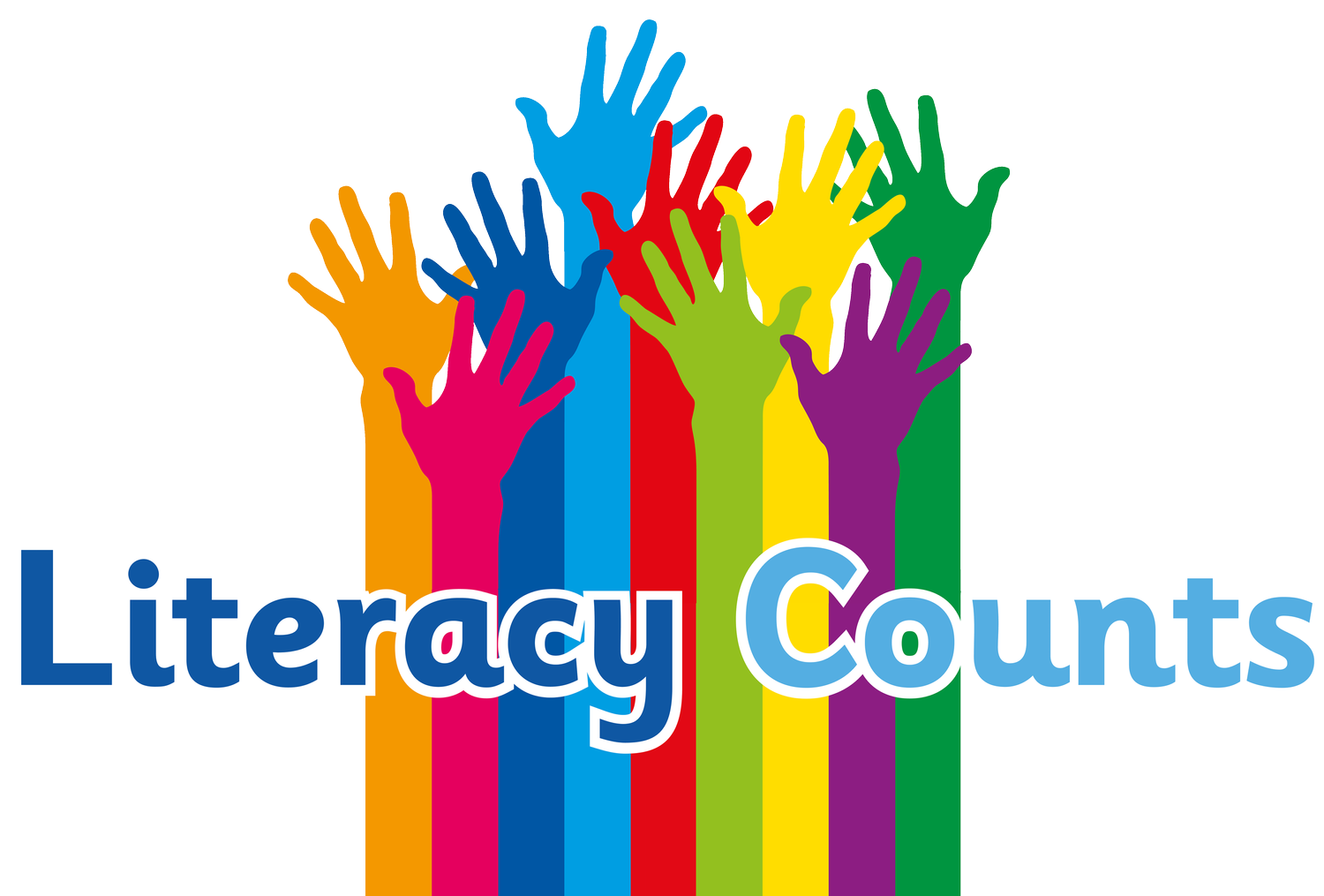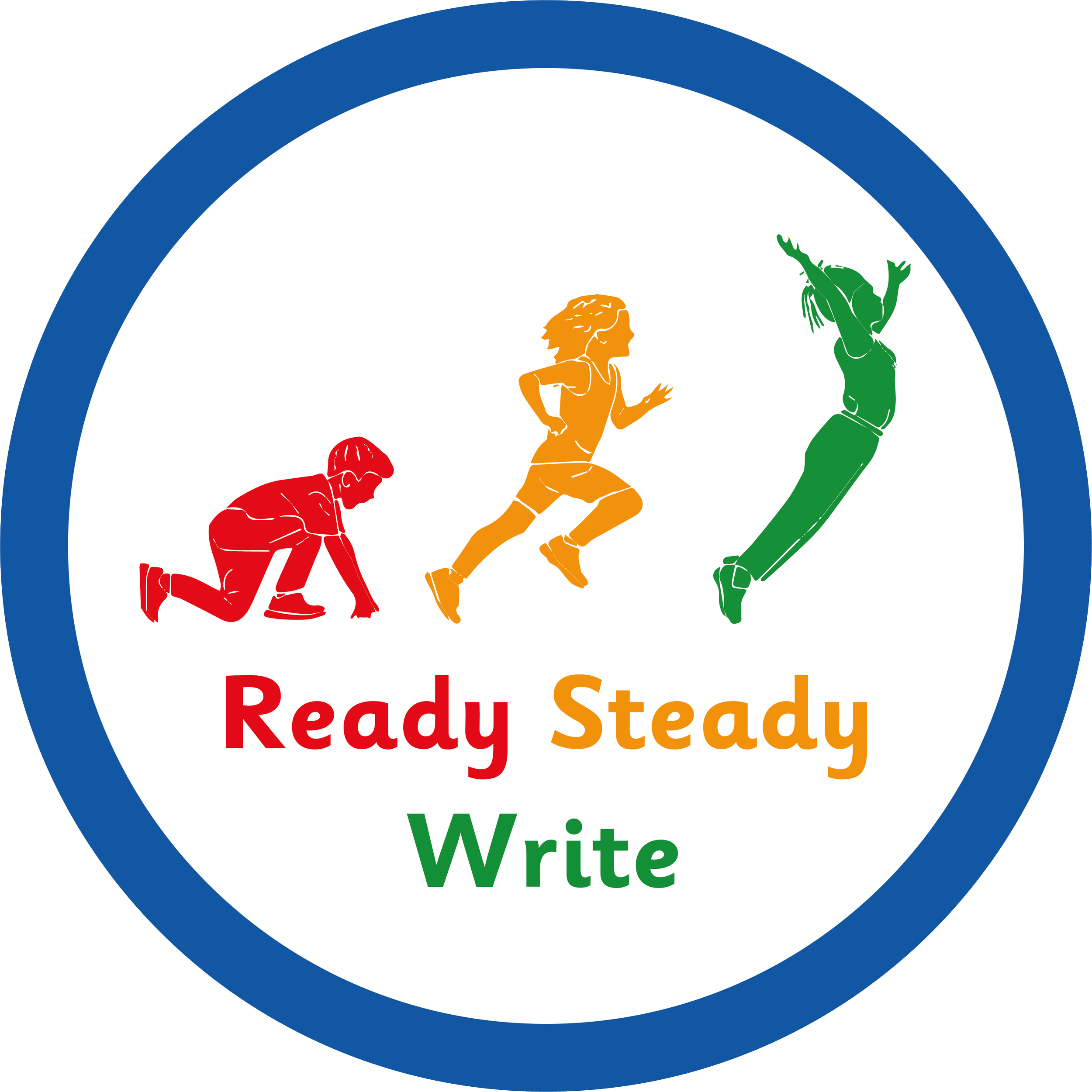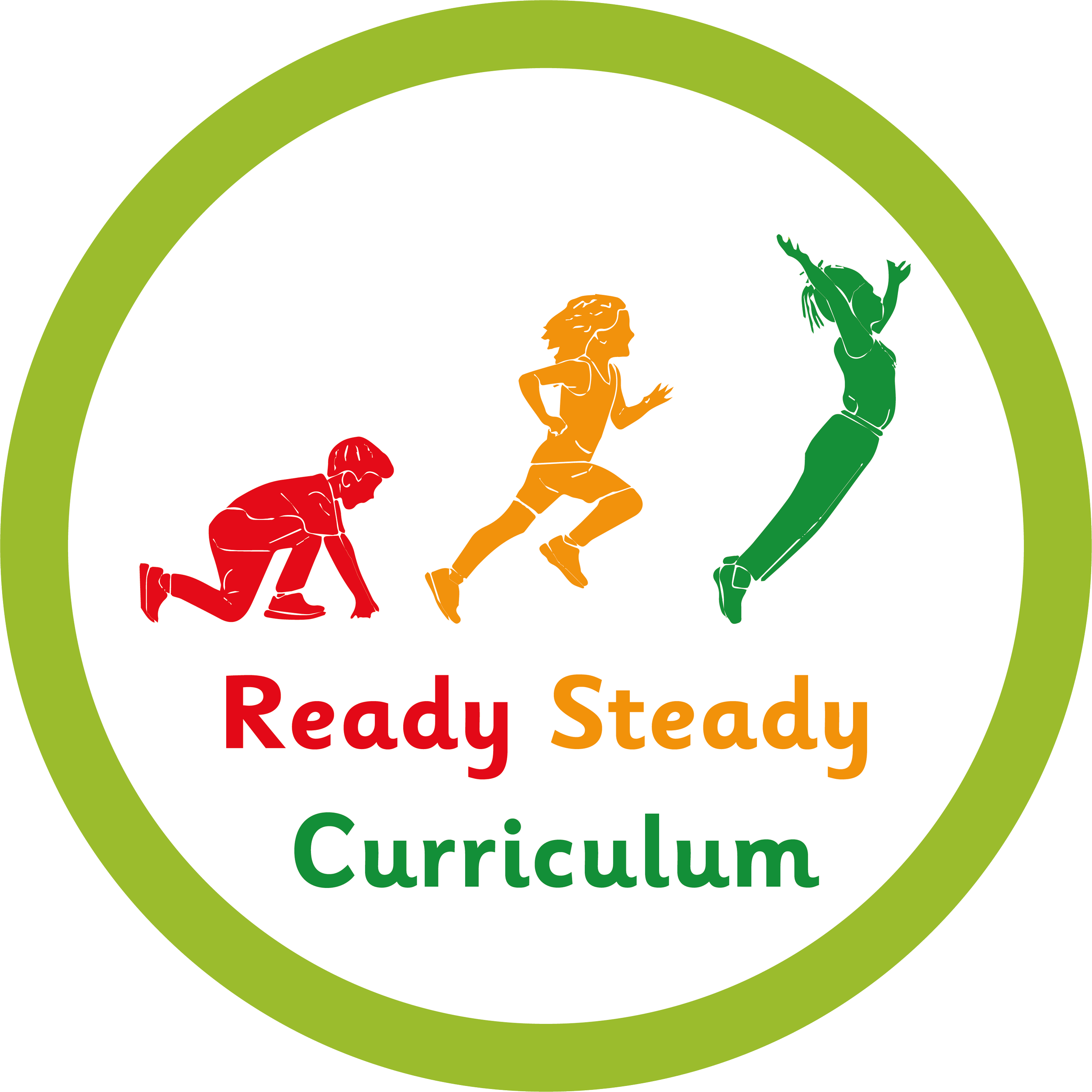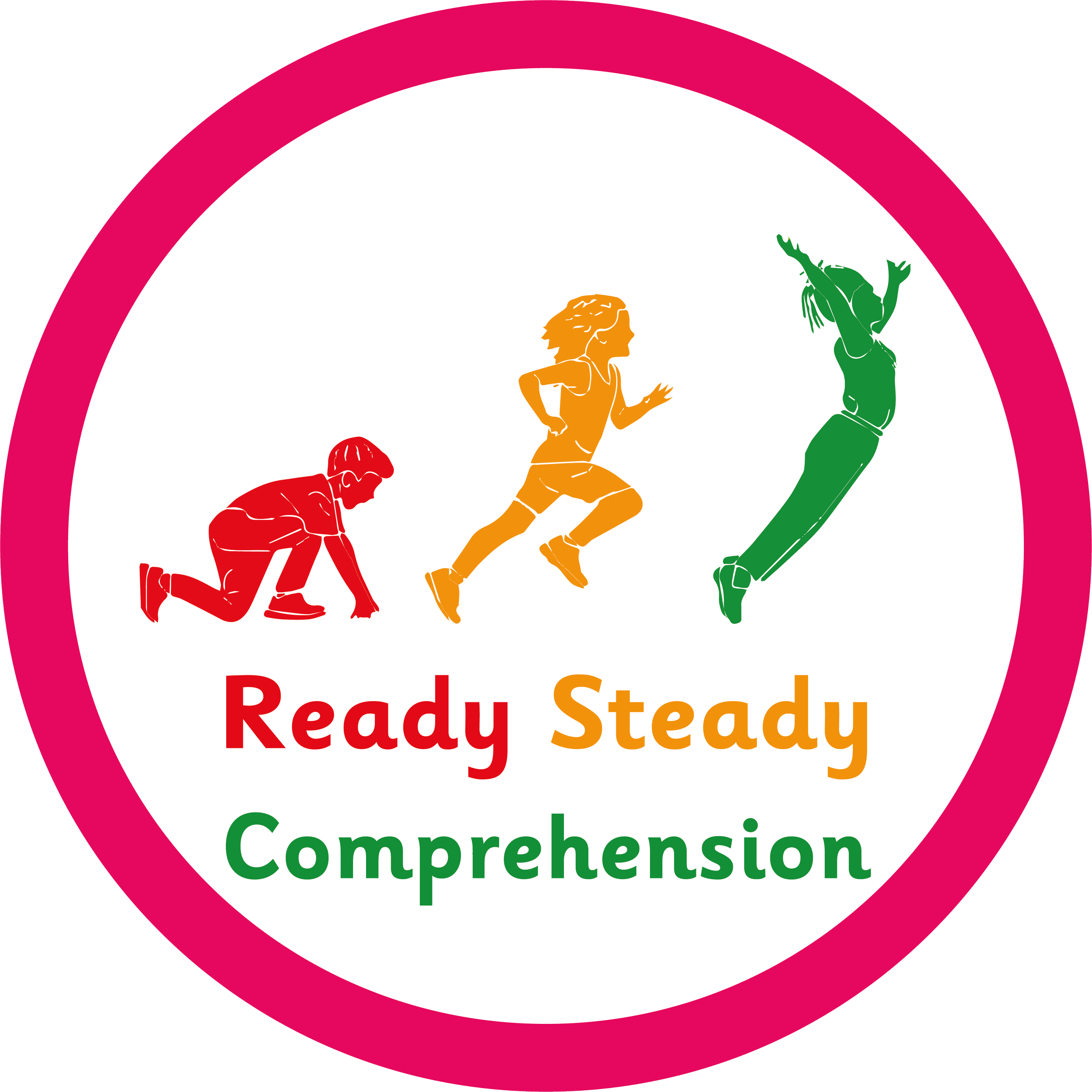Ready Steady Comprehension (formally known as Steps to Read) is planning support for whole class Shared Reading through carefully crafted units of work. They empower teachers to teach all aspects of word reading and comprehension through high-quality fiction, non-fiction and poetry texts.
Get in touch for samples, training details & bespoke costings for your school!
Click here to connect with us.

Ready Steady Comprehension provides a clear teaching sequence to reading sessions that explicitly teach reading skills and strategies in a cumulative way through evidence-based approaches.






Book Free Webinar ~
Book Free Webinar ~
‘The Ready Steady Comprehension units have transformed the way that we teach reading in our school in a way no other resource has ever managed to do. Seeing the progression mapped out and the quality of the texts and lesson plans, made us certain, as a school, that this resource could not be matched. Since the implementation of the Ready Steady Comprehension units, pupils are more secure with terminology such as 're-reading for fluency and clarity' and are using skills like ‘self-correcting’ and ‘reading ahead’. The high-quality texts are language rich to support the teaching of vocabulary and are exceptionally engaging for all pupils. All units promote high expectations and challenge.’
-K McCormack, Alderman Bolton School

FAQs
-
Shared reading is the whole class teaching of reading, specifically modelled by the teacher. Here, the teacher is the reading expert, who shows the children how they are decoding and comprehending texts. The texts are often at a challenging level for the children in the class and the teachers scaffolds their understanding by activating prior knowledge, clarifying vocabulary and teaching skills and strategies to fully comprehend the text.
Guided reading is the planning and teaching of reading with a small group of children, with the texts being at an instructional level (just beyond the reading ability of the children). The teacher supports them in developing reading skills and strategies that have been taught in shared reading, using books at an appropriate level.
-
The Ready Steady Comprehension units can be placed in a different to order to that which is suggested in the progression documents. Sometimes schools feel they would be better placed at a time where they can enhance another curriculum area. For example, a Y1 class learning about Living History and toys from the past in Summer 1 may decide the Ready Steady Comprehension unit in Autumn 1 would be better moved to the summer. This would ensure that children are making connections with their learning in reading and the wider curriculum. The only time we would not recommend this is with Ready Steady Comprehension Foundations (EYFS). These have been matched closely to the phonics stage children will be at each half term.
If a school was to move the units around, and the Y1 example is a good one to take, they may just note the expectation of the children during the apply sessions. In Autumn 1 the teacher would be scribing the children’s responses to the questions, perhaps in a floor book. However, if this unit was moved to Summer 1, the children may be recording their own answers in a reading journal, or equivalent. Teachers would therefore need to adjust their expectations around the independence of the children.
-
Ready Steady Comprehension units cover either 5 weeks (if it is a curriculum linked unit), based on the principle of delivering 5 lessons a week. For a reading breadth unit, this is 4 weeks. We have some mini-units that link to science and the environment and these are 2 weeks long.
‘It was great to watch and be part of a model lesson. Thank you Hannah & Literacy Counts - I think we’ve been waiting for this for a long time!’
‘The training was very engaging and interactive. It felt tailor made to our school. Thank you Hannah! I am now excited to teach reading.’
‘I have already started to implement Hannah’s teaching strategies in my class. I am really excited to start and love that the stress of planning has been taken off my shoulders.’
-The Teaching Team at Middlewich Primary School
Join our mailing list!
Join our mailing list to keep up to date with news and upcoming courses!











